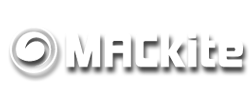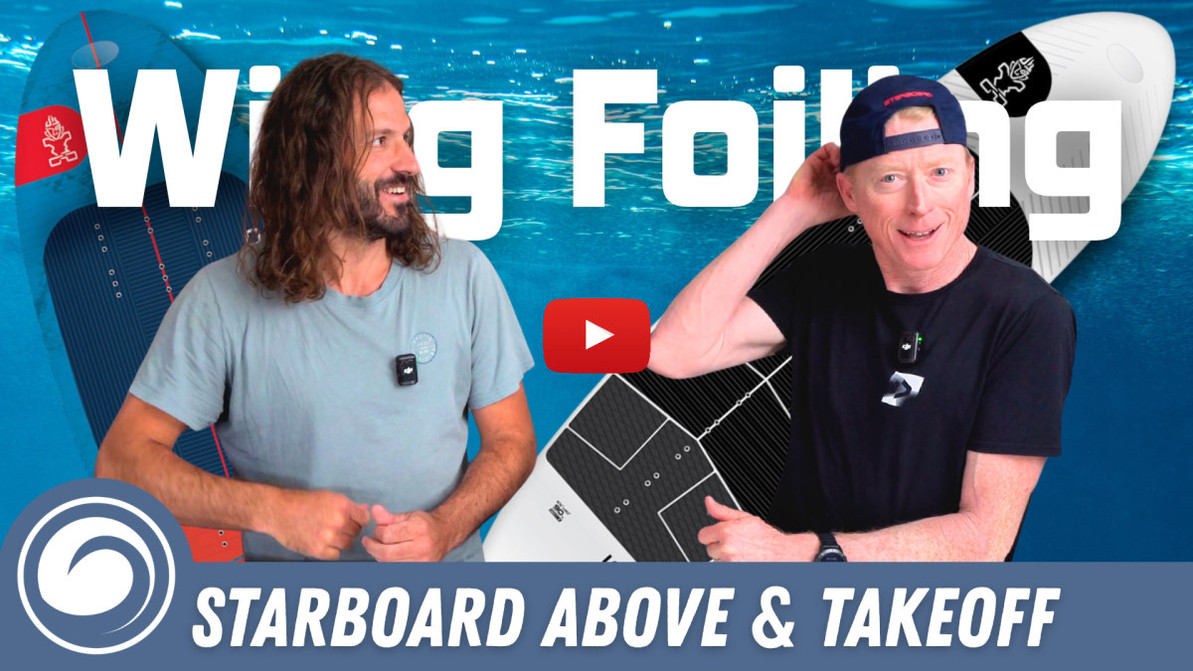Starboard Above vs. Take Off | Downwind Days or Freeride Fun?
Welcome to another edition of Versus! This time we're looking at a couple Starboard foilboard models: the Take Off and the Above. While they're both for foiling, they do have some important differences, and Tucker and Jeff are going to try to help you decide which one is better for your quiver.
Starboard has been making boards for a long time. Jeff rode them back in his windsurfing days. Needless to say, they're doing something right, and the Take Off and Above are both produced in the Cobra factory, legendary for their high quality production.
Both are boards that are meant for anyone to ride, so what distinguishes them from one another?
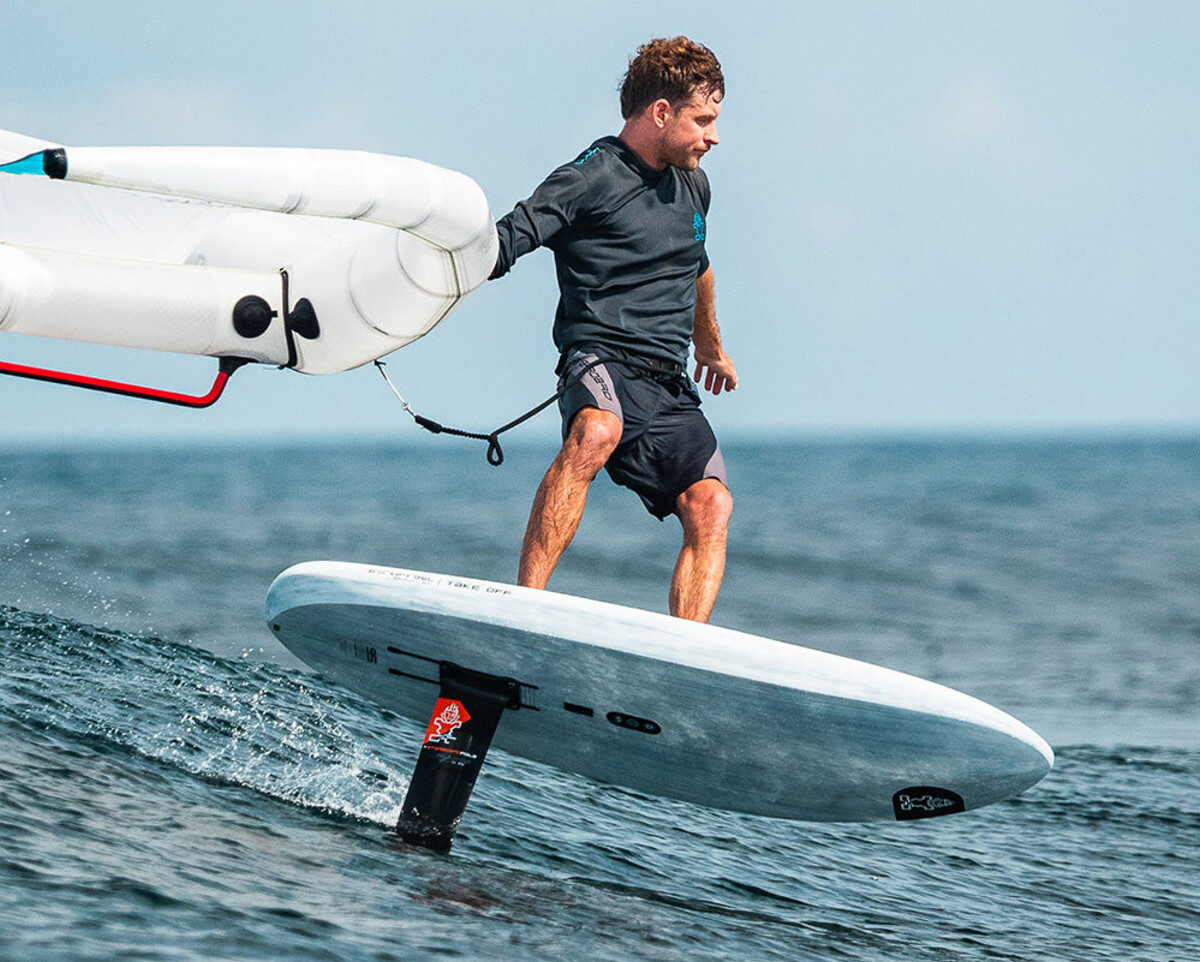
Shape
The Take Off has been around for a few years and has undergone some changes to make each version a little better. This year it's a little narrower and longer than previous models, and the deck is more recessed to get your feet closer to the mast so you feel more connected to the foil. It's surfy but can do it all, and the smaller sizes are fairly high-performance.
The Take Off has much of its volume distributed into the nose and tail so that it can have the scooped-out deck. It's stable and balanced, yet rides like a smaller board.
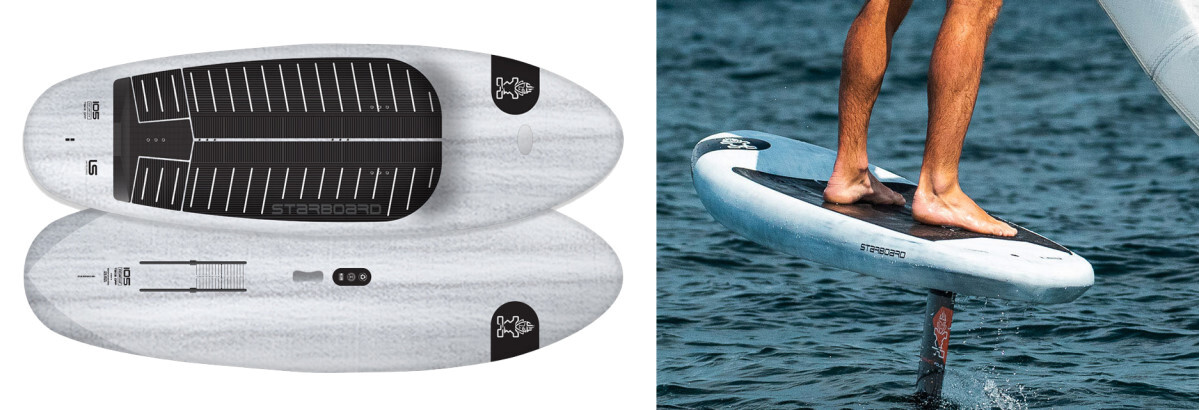
The Above also has the recessed deck but is longer and sleeker than the Take Off to make it a bit more gunny. It's more efficient for light wind, parawinging, or for riding smaller foils. It's almost a hybrid of a wing board and a downwind board.
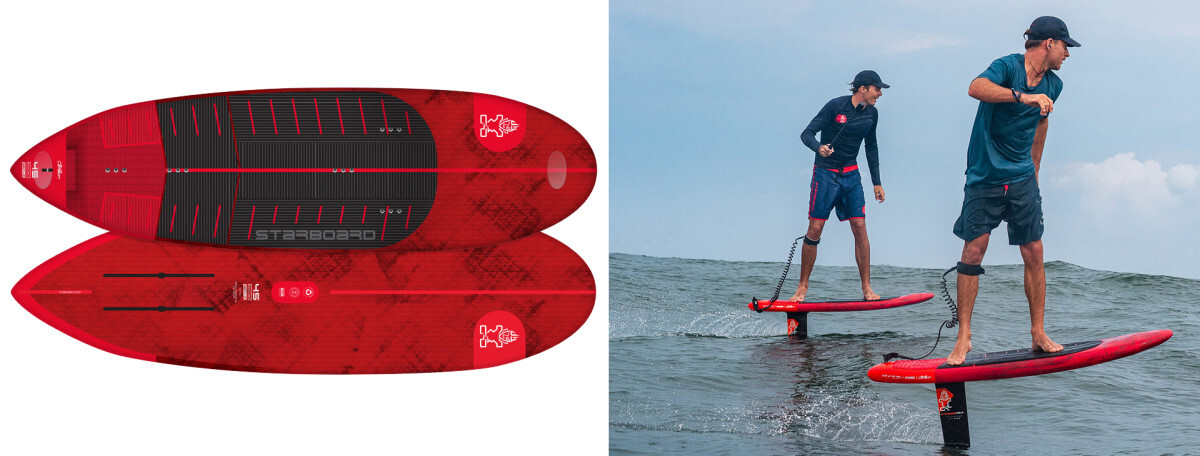
Construction
Each board is available in two constructions, the Limited Series and Blue Carbon.
The Limited Series (LS) has a classy black and white color scheme and uses fiberglass for a nice blend of strength, durability, and weight. If you're on a budget or want a lower-maintenance board, this is a good choice.
The Blue Carbon construction uses carbon, as its name suggests, a colorful red or blue color scheme, and it's more lightweight. It's also more expensive, so it's a good choice for riders looking for a high-performance board.

Who Is It For?
The Take Off would make a great second board once you've outgrown your starter board. It's versatile enough to let you try out multiple disciplines. You can use it to point and go, or you can push it and surf. It's a good freestyle board for jumps because it's nimble and doesn't feel cumbersome.
The Take Off flows and rolls well and is wide enough to leverage bigger foils, but doesn't feel like a barge. It's got great takeoff (hence its name) for a surfy rider. It's very balanced and you won't feel like you're going to hit the nose in the wave.
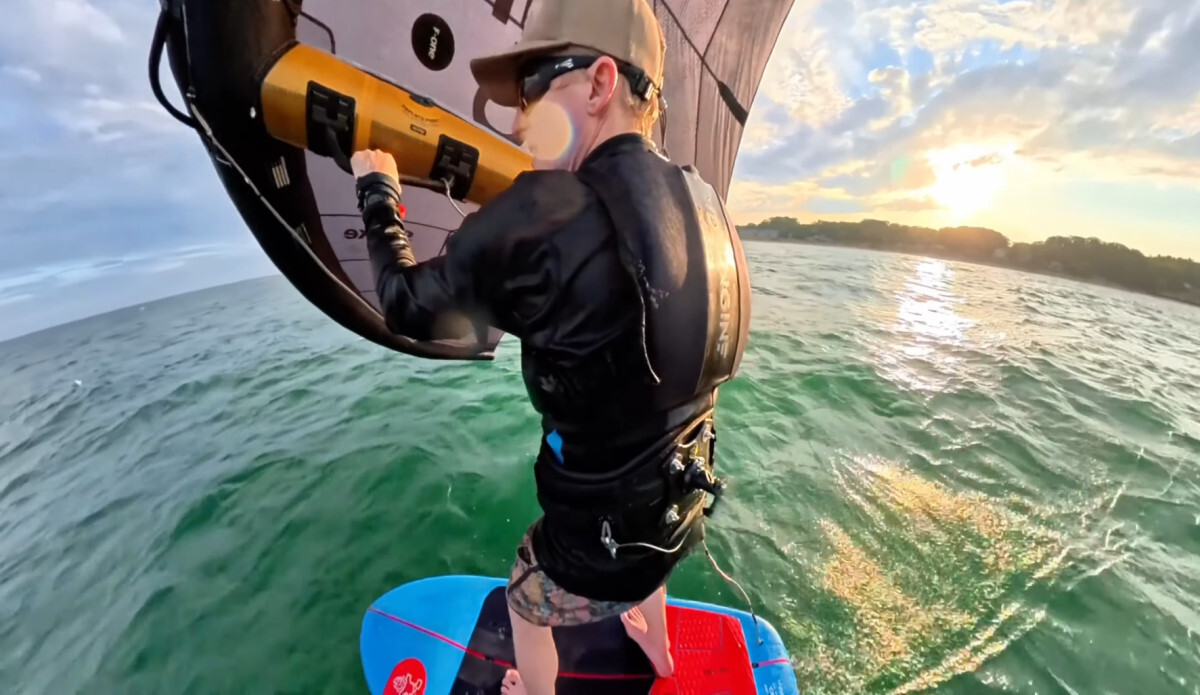
It's one of the better boards on the market for those looking for a one-board quiver, as long as you pick the right size. You can right in moderately low to high wind without much compromise. It's narrower than past Take Off models to let you get up to speed faster, but it's still user-friendly.
If you mainly like to wing in the waves, then the Take Off is the better choice.

The Above is a great choice for light wind in the longer sizes since it's so efficient. The middle sizes can work as a one-board quiver for winging and parawinging as long as you ride in 10 knots and above.
Although the Above is longer and narrower than the Take Off, it's still user-friendly, especially in the bigger sizes. Even a beginner would have fun on those since you gain stability from the board's length.
If you like to downwind, but don't want something huge, the Above has a lot of downwind properties. It stretches the midi range but is stable for its width.
Like the Take Off, you can use the Above for multiple disciplines. Sizes like the 73L work for parawinging, Foil Drive, and prone surfing. It can be a bit narrow for hard turns, but the recessed deck does help with that, and most people won't be using very wide foils on a board that size anyway.

Which One Is Right for Me?
If you're looking for your second board, either the Take Off or Above will work, though the Take Off's extra width is going to give you a better sense of security and balance, especially when doing tacks and jibes and repositioning your feet. It's just a bit more forgiving, which is always nice for the intermediate rider.

The Take Off also has better performance in the waves and works well for wing and freestyle. But if you're looking for extra efficiency for smaller foils, recreational racing, light wind or parawinging, the Above will provide that.

Both boards are very versatile but lean toward different disciplines. Choose the one that aligns with what you most enjoy doing on the water and you're going to have a lot of fun.
MACkite Subscription Links:
YouTube | Instagram | Spotify Oddcasts
Contact MACkite Below:
800.622.4655 | Kiteboarder@MACkite.com | LIVE Chat Messenger


Recent Posts
-
How the F-One Bandit Redefined Freeride Kiteboarding
Banditry is not just a slogan at F-One—it is a state of mind. From the very beginning, the F-One B …29th Dec 2025 -
Alex Pastor Named CEO of Airush Kiteboarding
Airush Kiteboarding is entering a defining new era, one shaped by deep roots, proven performance, …26th Dec 2025 -
Cold Water Riding Tips from Tucker
Unless you're lucky enough to live somewhere that's warm year-round, your cold-weather options are …23rd Dec 2025
